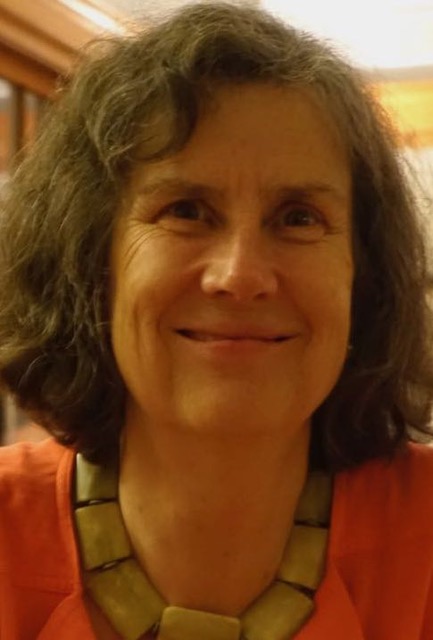Navigation auf uzh.ch
Navigation auf uzh.ch

Helen Fraser, University of New England (New South Wales – Australia)
https://forensictranscription.com.au
Helen's background is in cognitive phonetics. Since the 1990s, she has undertaken research and case work in forensic transcription, gradually raising concern about injustice arising from the legal handling of indistinct speech recording. She is now Director of the Research Hub for Language in Forensic Evidence, recently established by the University of Melbourne.
Covert recordings admitted as evidence in criminal trials are often indistinct. Many jurisdictions allow a transcript, typically produced by police, to help the court understand what is said and who is saying it. Legal procedures include safeguards intended to mitigate the risk of police opinions misleading the trier of fact. However, these safeguards are not always effective. To assist, the scientific community offers acoustic analysis and audio enhancement. While these techniques may be valid in themselves, they can have unintended consequences when they enter the legal process. This presentation gives examples from Australian criminal trials, discusses implications for phonetic science, and outlines solutions being pursued via the new Research Hub for Language in Forensic Evidence.
Kirsty McDougall, University of Cambridge (UK)
https://www.mmll.cam.ac.uk/dr-kirsty-mcdougall
Kirsty McDougall is a Lecturer in Phonetics at the University of Cambridge, UK, and a Fellow of Selwyn College, Cambridge. Her research interests range across speaker characteristics, forensic phonetics, theories of speech production and the phonetic realisation of varieties of English. Among other things, her forensic phonetic research has focused on speaker-characterising properties of dynamic features of speech, perceived voice similarity and its implications for voice parade construction, and the development of techniques for analysing individual differences in disfluency behaviour.
Earwitness identification evidence may be called on if a perpetrator’s voice has been heard at the scene of a crime, but not recorded. If a suspect has been located, a voice parade containing a sample of the suspect’s voice alongside a selection of foil voices may be constructed and the witness asked if they are able to recognise the perpetrator’s voice in the parade. Earwitness identification of this sort can constitute crucial evidence, yet there remain many unanswered questions about the phonetic and psychological underpinnings of this type of identification and about the optimal way to collect such evidence. In England and Wales, the current procedure for carrying out a voice parade is outlined in a Home Office circular published in 2003. This procedure was developed as an extension of the police procedure for visual identification parades, as informed by the research on earwitness behaviour available at the time. However, developments in psychological research show that while there are some similarities between the processing of faces and voices, considerable differences exist, and further research is needed to determine the best settings of the relevant variables in voice parades (e.g. length of voice samples, number of foil voices, witness instructions, parade type) to minimise earwitness errors. This talk will consider recent findings from the IVIP (‘Improving Voice Identification Procedures’) Project which is investigating ways the Home Office procedure might be adapted to optimise earwitness performance. The talk will also consider issues relating to the selection of foil voices and the impact of different accents on listeners’ perception of voice similarity.